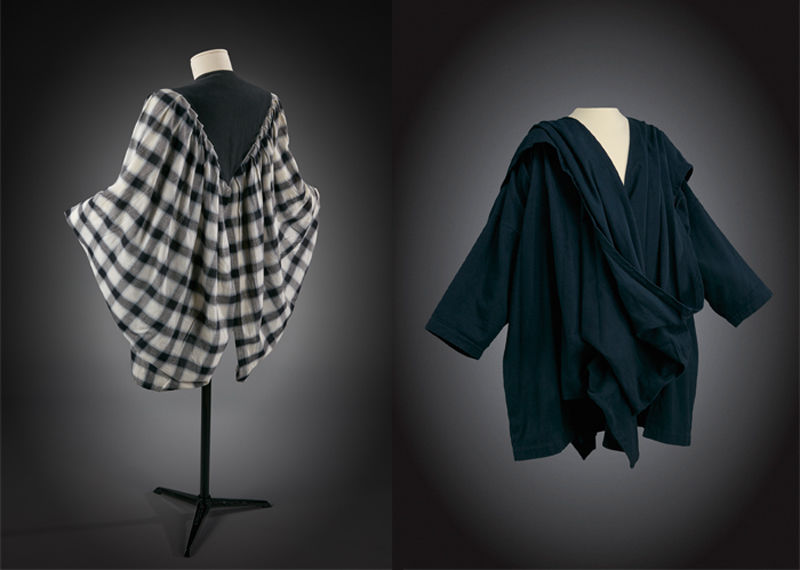New exhibit at Denver Art Museum explores Japanese fashion

The questions are more important than the answers at the newest Denver Art Museum exhibit.
“Shock Wave: Japanese Fashion Design, 1980s-1990s” is on display now at the museum through next May. It features work from six Japanese fashion designers and has around 70 pieces in the collection.
“This exhibit is questioning your view on fashion and feminine seduction,” curator Florence Müller said.
The items on display are from Issey Miyake, Kenzo Takada, Kansai Yamamoto, Yohji Yamamoto, Comme des Garçons and Junya Watanabe.
Müller wanted to focus on the “huge statements” Japan had on the fashion world, beginning in the 1980s. These designers provided a new look at fashion, she said.
While she had numerous designers to choose from, Müller narrowed it down to the six featured in the exhibit.
“They achieved something really out of this world,” she said. “It was fashion we weren’t experienced to. It’s important to focus on this because we can look at the strong phenomenon of the huge changes in the fashion world.”
Miyake is fashion and fragrance designer known for his technology-driven collections. He created the black turtlenecks Steve Jobs became famous for wearing during public appearances for example.
Takada became known in the fashion world for mixing bold fabrics together to make one garment for his pieces. He is currently the honorary president of the Asian Couture Federation.
Kansai Yamamoto became famous in the 1970s for his elaborate kimonos, including ones worn by the late David Bowie on his Ziggy Stardust Tour.
Yohji Yamamoto, no relation to Kansai Yamamoto, began designing clothes in the 1980s, garnering attention for his oversized silhouettes in black on his pieces.
Comme des Garçons is a fashion label founded by Rei Kuwakubo. The label gained attention at their debut show in Paris for the use of black and distressed fabrics.
Junya Watanabe was originally Kuwakubo’s protégé, starting his career as a patternmaker for Comme des Garçons. He began working under his own name in the early 1990s, using synthetic and technologically advanced textiles and fabrics in his collections.
Müller titled the collection as “Shock Wave” because she felt the influence from the featured designers. Their revolutionary works have influenced the fashion wave, even if some of their pieces might not be stereotypically “pretty,” she said.
There are five thematic sections in the exhibit. They are: “How East Met West,” “Japanese and Western Fashion Confronted,” “Deconstruction/Reconstruction,” “Art and Fashion in Dialogue” and “How West Met East.” Müller used these themes to guide museum visitors through the exhibit and “help them find their way through history.”
She said she feels the first theme, “How East Met West,” is the most important.
“That theme is a philosophical representation of the Japanese attitude,” she said. “It speaks about the great lengths between people and how we should create a connection between our cultures, especially with how we look at clothes.”Read more at:formal dresses melbourne



/https%3A%2F%2Fassets.over-blog.com%2Ft%2Fcedistic%2Fcamera.png)